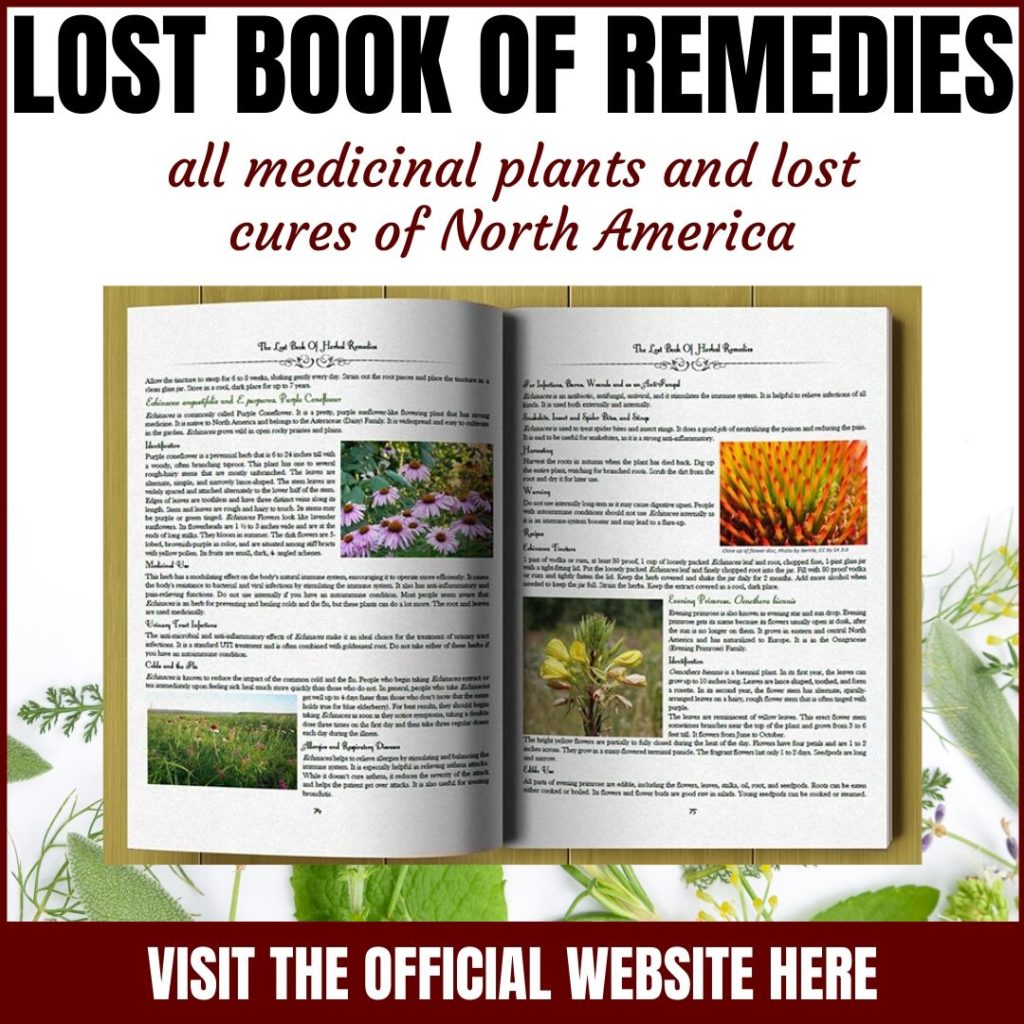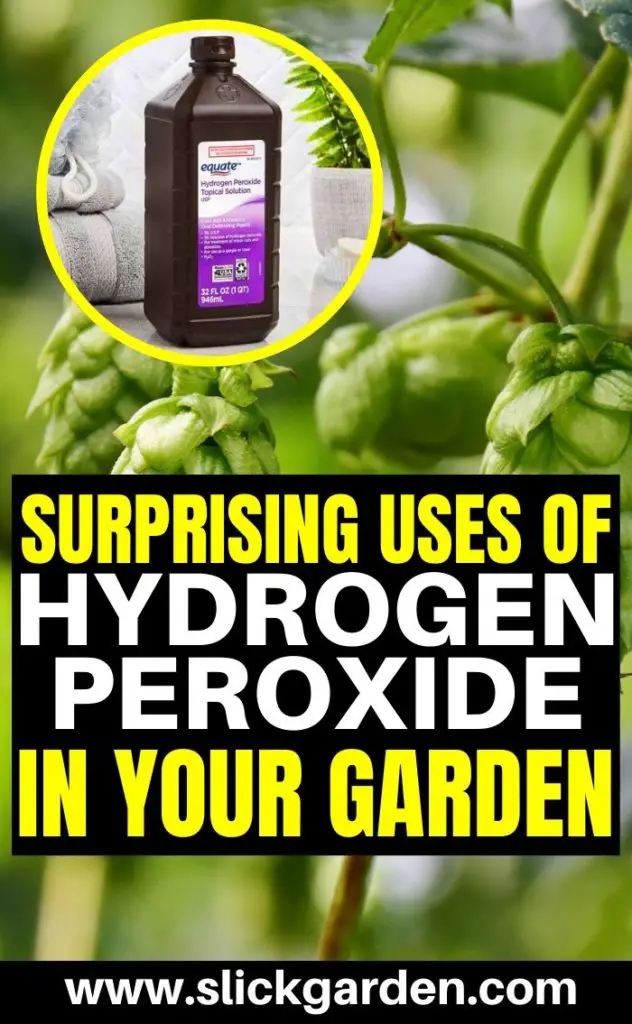Hydrogen peroxide has two major uses in our daily life i-e household disinfectant and bleaching agent. Hydrogen peroxide (H2O2) is very similar to water (H2O) in chemical composition except it has an extra oxygen atom.
Besides these two uses, hydrogen peroxide (diluted) has tons of uses in our garden, mainly because of its antimicrobial and oxygen-producing properties. Here are 10 interesting ways to use this amazing product in the garden.

1: Get Rid Of Weeds
For a gardener, weeds are enemies. They can take required sunlight of plants, nutrients from the soil, space of plants and they make our walls and pathways look ugly. Now, we can simply buy some kind of herbicide to get rid of weeds, but herbicides are not cheap and they are harmful to the earth.
Use a 10% concentration of hydrogen peroxide to use against weeds. Sunlight can reduce the effectiveness of hydrogen peroxide, so use it very early in the morning or in the evening for better and long effects. Do not use hydrogen peroxide on your plants as it can damage them.
Read: How To Keep Weeds Out
2: Save Your Plants From Root Rot
What is root rot? When roots of plants are not getting enough oxygen, it is commonly known as root rot. Over-watering is the main culprit of root rot because water can fill the spaces between soil particles. These spaces are necessary for air circulation or plants can die. Here is what you need to save plants from root rot:
- 3% hydrogen peroxide for every
- one-quarter of water
Give this solution to your plants. The extra oxygen in the hydrogen peroxide can provide much-needed oxygen to roots. After giving this solution to your plants, do not water your plants until the top 2 inches of soil dries.
3: Make A Cheap Fungicide
If you saw any sign of powdery mildew, rust or any other kind of fungal infections, you can treat them by using diluted hydrogen peroxide solution. Here is what you need to treat fungal infections:
- 1 pint of 3% hydrogen peroxide
- 1-gallon water
- Spray bottle
Mix 1 pint of 3% hydrogen peroxide with a gallon of water and spray this solution using a spray bottle on the affected part of plants. If this is not working, you can increase the percentage of hydrogen peroxide.
Some people say you can use up to 9% of hydrogen peroxide against fungal infections. But I suggest you try with a minimum percentage as it can cause harm to your plants.
Watch Video: How Often to Add Hydrogen Peroxide to Plants and Garden
4: Protect Your Seeds And Seedlings
Young seedlings are very sensitive, they can easily die by the attack of pathogens and other infections. You can protect them by giving them a bath of hydrogen peroxide. Here is what you have to do:
- Take 3% hydrogen peroxide and heat it up to 140 Fahrenheit
- Soak your seeds in it for 5 minutes at least
- Now wash the seeds to get rid of the chemical by running water on them for about 1 minute
You can also disinfect your seed trays or microgreens growing trays with 3% hydrogen peroxide to clean them from contaminations like e-Coli and salmonella etc.
Read: 20 Easy Seeds To Grow In A Cup
5: Speed-up The Germination Process
As I mentioned before, hydrogen peroxide has an extra oxygen atom in it. We can use this oxygen to accelerate the germination process. Here is the simple process:
- Take 3% hydrogen peroxide in a container
- Soak the seeds in this solution for 30 minutes
- Remove them from solution and wash them with water
- The extra oxygen will help seeds in growing
You can also mix the same solution in the soil before sowing the seeds or mix hydrogen peroxide in water and give this water to seeds. Only give this water for the first week.
6: Clean Your Tools
In the age of coronavirus and so many other pathogens, we can use the antimicrobial properties of hydrogen peroxide. Due to its antimicrobial property, hydrogen peroxide is a commonly used product in the labs to clean and sterilize tools.
Use 6-9% hydrogen peroxide concentration to clean your gardening tools from harmful pathogens. You can also sterilize your containers and greenhouses.

7: A Cheap Fertilizer For Plants (Especially Potted Plants)
Again, the extra oxygen atom will do the trick here. This oxygen atom will help your plants in absorbing all the nutrients from the soil. This trick is very effective for plants in pots and containers. Here are the needed ingredients to make cheap fertilizer:
- 1-gallon warm water
- 1 teaspoon of 3% hydrogen peroxide
Mix these two ingredients in a container, mix them well and pour this solution in the soil of your plants. Plants will get extra oxygen plus more essential nutrients from the soil.
Read: How To Make Compost At Home Using Kitchen And Garden Wastes
8: Great In Hydroponics and Aquaponics
Hydrogen peroxide is good for plants of aqua and hydroponics and other aquatic life. The extra oxygen in hydrogen peroxide is really good in these kinds of systems. Root rot is a very common problem in water systems, hydrogen peroxide will provide oxygen and save your plants.
When decomposed, hydrogen peroxide releases water, oxygen and no harmful chemicals, which is not in case of commercial antiseptics.

9: Get Rid Of Pests
Pests can be tricky to get rid of, especially sap-sucking pests and common fruit flies. You can try pesticides, but they contain tons of harmful chemicals. Here is the recipe that you can make for a cheap pesticide:
- 1 cup of 3% hydrogen peroxide
- 1 cup of water
- 1 Spray bottle
Mix these ingredients well in a container and fill the spray bottle. Spray the solution on the area of attack to get rid of pests.
Also Read:
10: Get Rid Of Bacterial infections
Bacterial infections are very lethal and they can easily turn your plants into mush. Mostly, bacteria attack after pruning and cutting, because fresh wounds of plants are a favorite of bacteria.
You can use hydrogen peroxide to kill bacteria. Mix it in the water and spray this water in your garden and on freshly pruned plants. At first use only 3% hydrogen peroxide.

